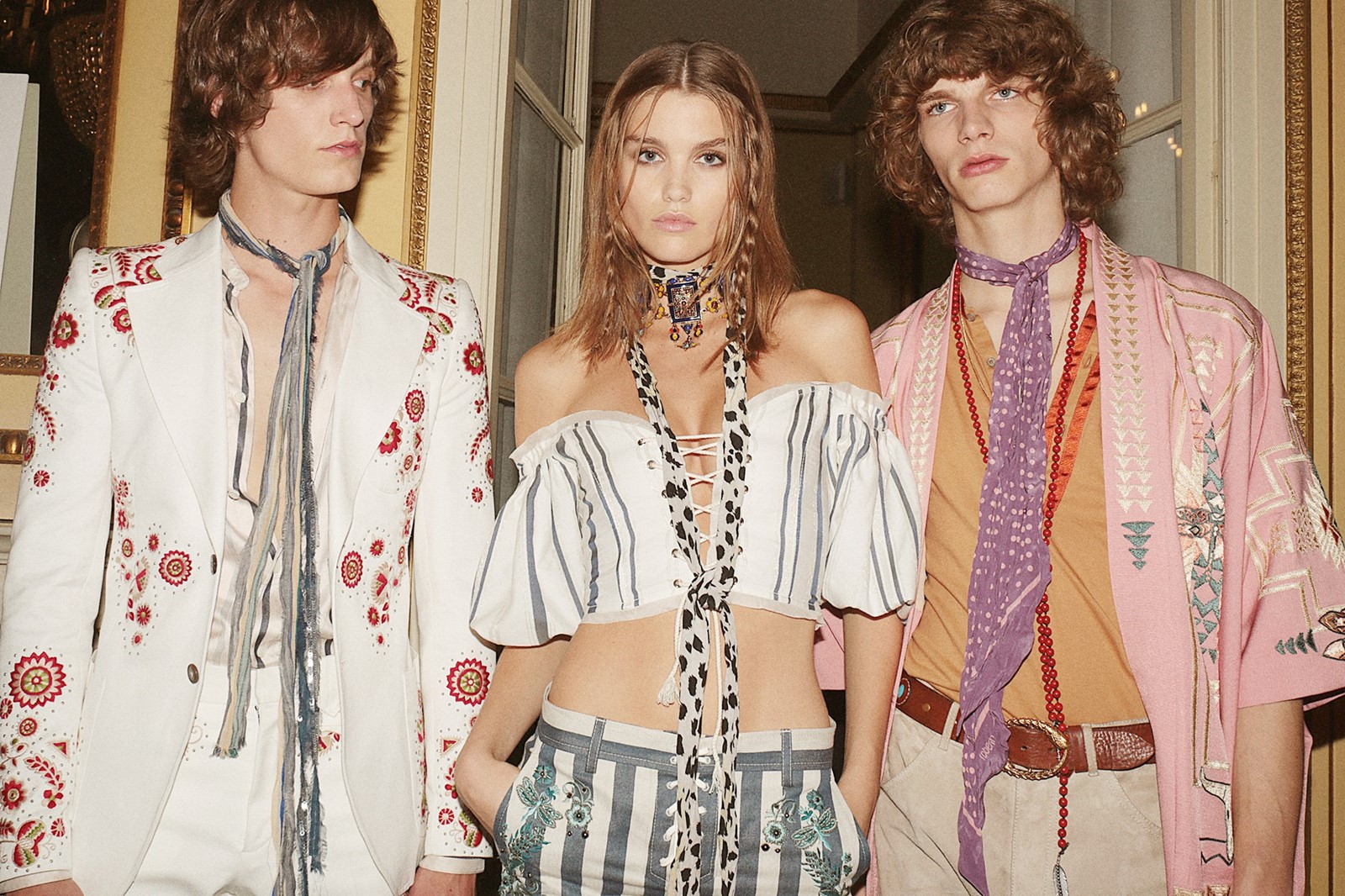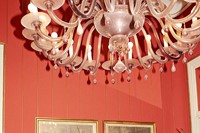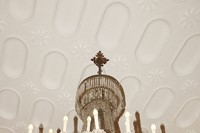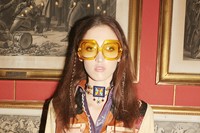“The Cavalli woman is a free spirit, she does things her own way,” proclaimed Peter Dundas the day after presenting his most recent womenswear collection as creative director for the house. “Or at least, the Cavalli woman I know is.” Perhaps that’s why Dundas’ approach to the Italian brand, which is historically renowned for its glamorous approach to femininity, has appeared just so natural; not only did he serve as its chief designer between 2002 and 2005, but he is the sort of man who hangs out with the Cavalli woman. “Really, the collection was a patchwork of things that I love,” explained Dundas, “and, because I travel a lot, it became about that too.” Over the years, Dundas has established himself as a sort of international playboy; the type of person you quite want to go on holiday with because it looks – at least on Instagram – fabulous. This season, he took the Cavalli woman (and a few men) to Morocco, via the Americas, Africa, Japan. She wore kimonos embellished with Navajo prints, Egyptian textiles, Scandinavian clogs, carried Victoriana clutches. She was, in the brand’s words, a “pioneer,” a “pagan traveller,” a “voyager” – and with that cultural eclecticism, she was remarkably appealing.
A New Contemporary
The Cavalli voyager ordinarily embarks on the sort of adventure that involves a large-scale yacht, but this season she took a slightly more bohemian, Burning Man approach to her cross-continental styling; for the first time ever, the festival seems to have been celebrated across the fashion capitals this season. While the fabrication of pieces was particularly ornate – patchworks of lace hand-sculpted around the body, textiles intricately beaded by the Italian ateliers – there was something intrinsically wearable about their forms. “I wanted to evolve the glamour, to connect the Cavalli girl with today in a believable and desirable manner,” explained Dundas, “and so I wanted that craftsmanship to feel obtainable, to not be cumbersome to wear. The shapes aren’t particularly complicated – yes, they are patched together, or held by lacings, but ultimately they are T-shirt dresses, or pieces easy to pull on. It feels more modern and more relevant when, if you do something that's very structured in the workmanship on the surface, you balance it with simplicity in the form.”
So, there were jeans and gypsy skirts, cargo pants and bra tops, floating capes and swooping kimonos, each painstakingly treated yet easy to wear. These pieces were effortlessly blended together (though as we know, such decisions are never effortless) in homage to the women Dundas knows, who “wear those dresses, but also wear T-shirts, denims, very simple things.” It felt a far cry from the pristine approach of the Dell’Olios of yore – easy, and graceful, contemporary Cavalli. You could throw it on in a desert tent.
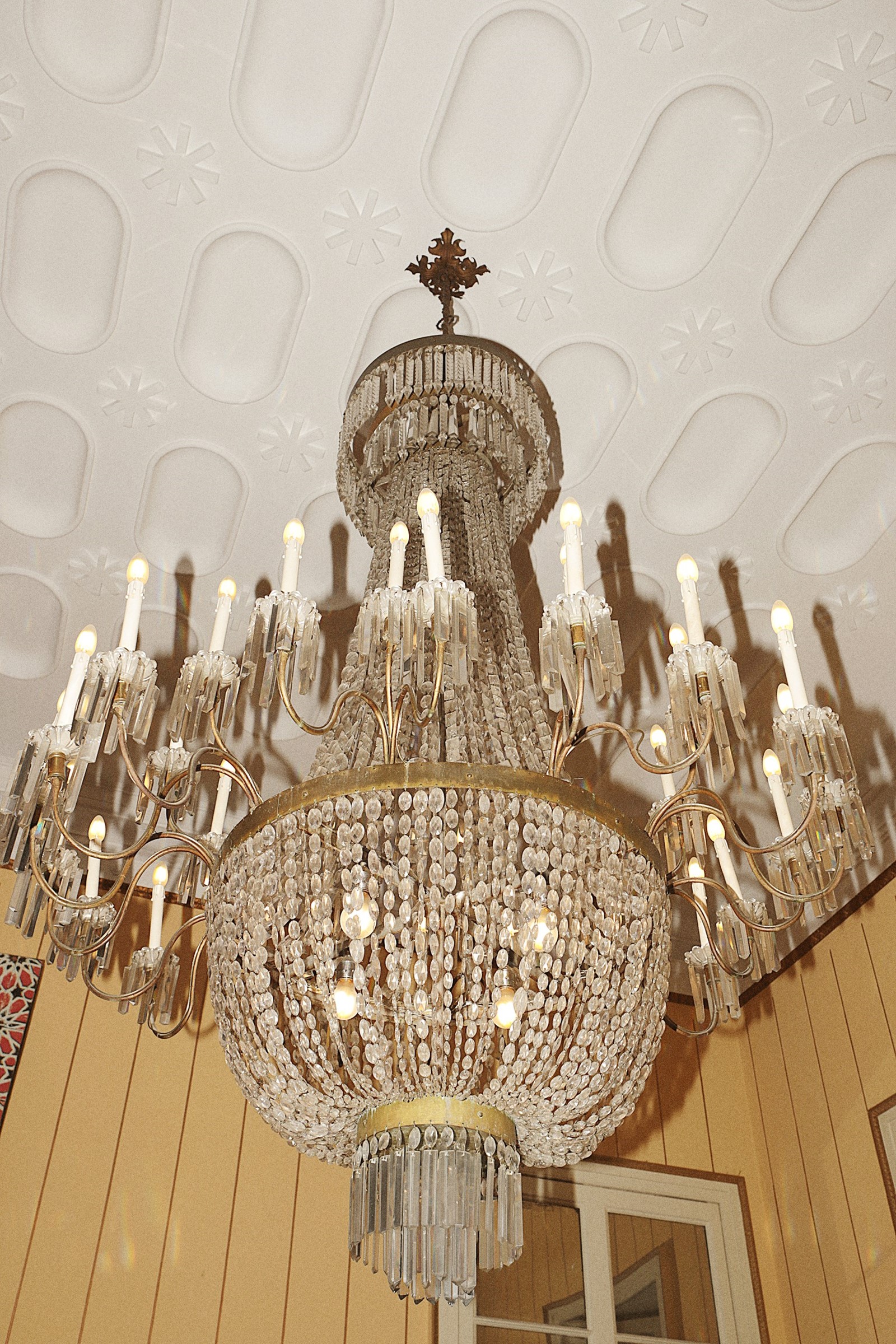
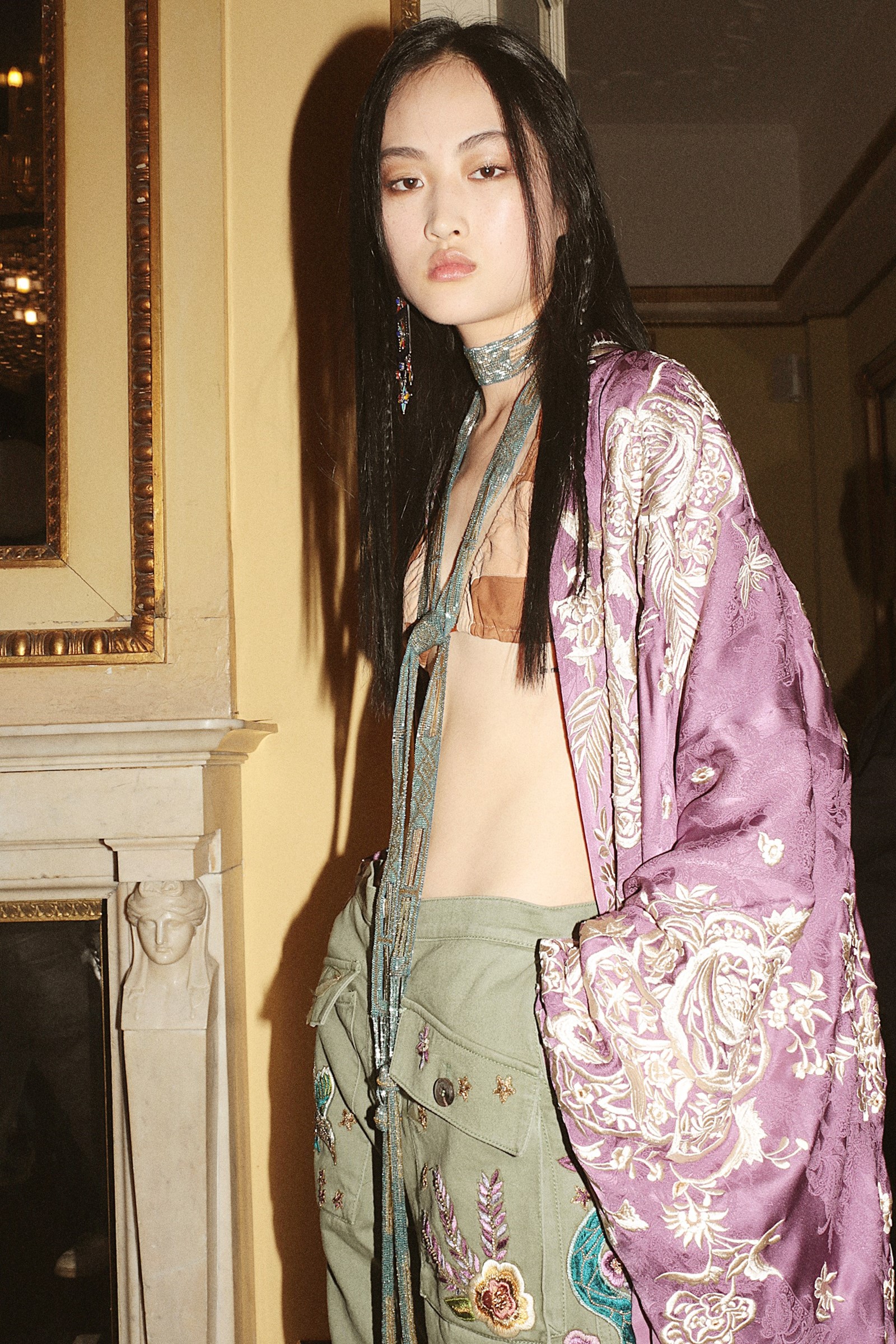
The International Cult of Cavalli
The theme of the traveller endured long past the ease of dressing here, and into the medley of cultural references which were blended together within each look. There were the aforementioned kimonos decorated with Native American prints, the metallic Western belts slung over 1970s flares, the platform Scandi clogs that elevated models into towering tiers of ruffling fabric. “A collage of cultures,” said Dundas, “and I thought it was funny to put the clogs in.” Men appeared in the show, dressed in direct parity to these Cavalli women, because “it is a whole universe: the Cavalli tribe, the Cavalli cult” – and, rather than confusing, it felt believable; charmingly louche and thoroughly Dundas.
The A/W16 womenswear campaign eschewed the celebrity starlets that were once affiliated with the house – remember Nicki Minaj, or Rita Ora – and replaced them with the likes of Adwoa Aboah, Lia Pavlova and Erik van Gils in “a bohemian rhapsody… a languid posse of youthful revellers intimately entwined.” With his tenure at the house, Dundas appears to be determined to cement the spirit of the “Cavalli cult,” as a sort of Hideous Kinky blissed-out hedonism rather than the more formal glamour it once celebrated. Think of a group going on a grand tour and picking up pieces in each locale, rather than dragging a series of suitcases in their wake.
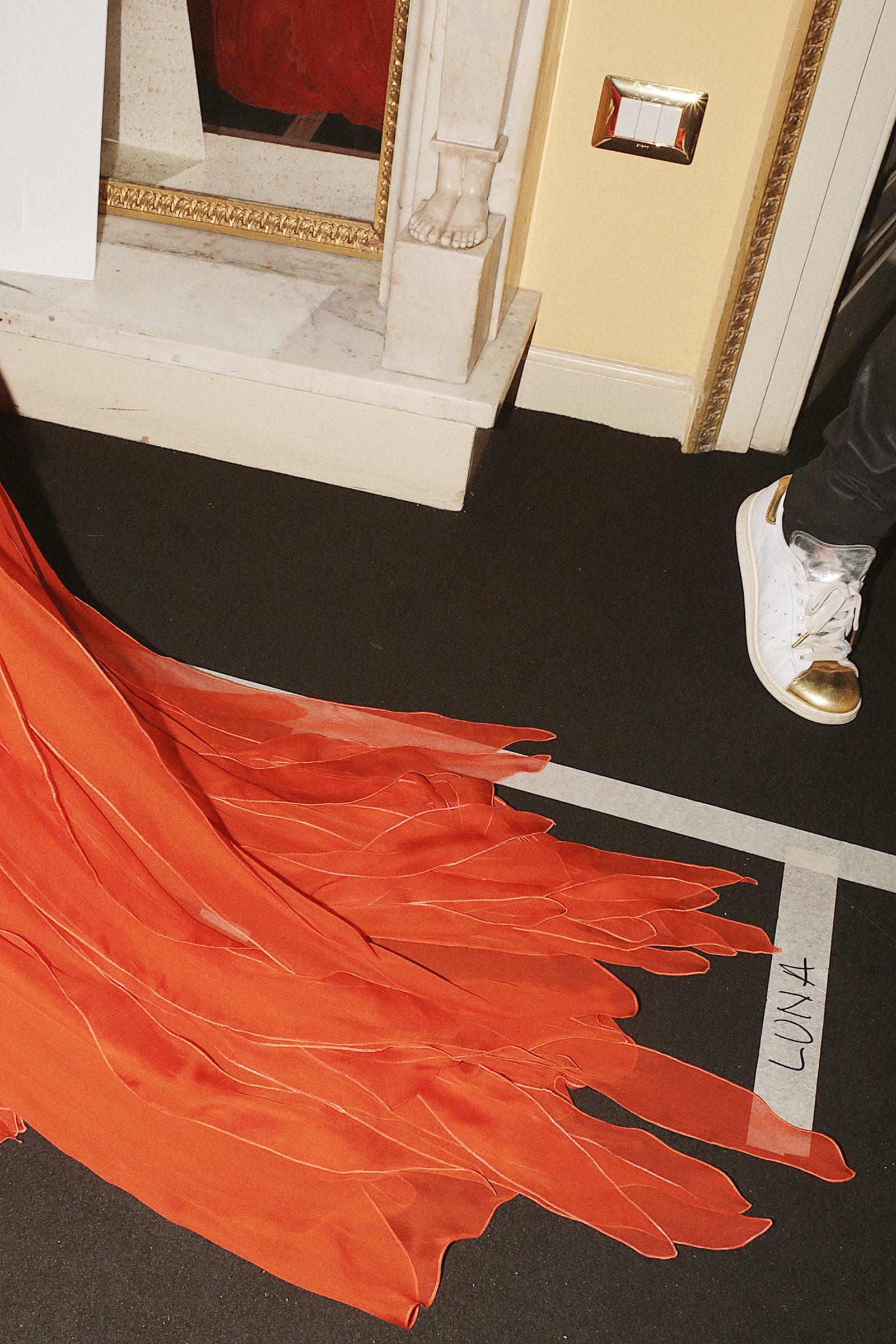
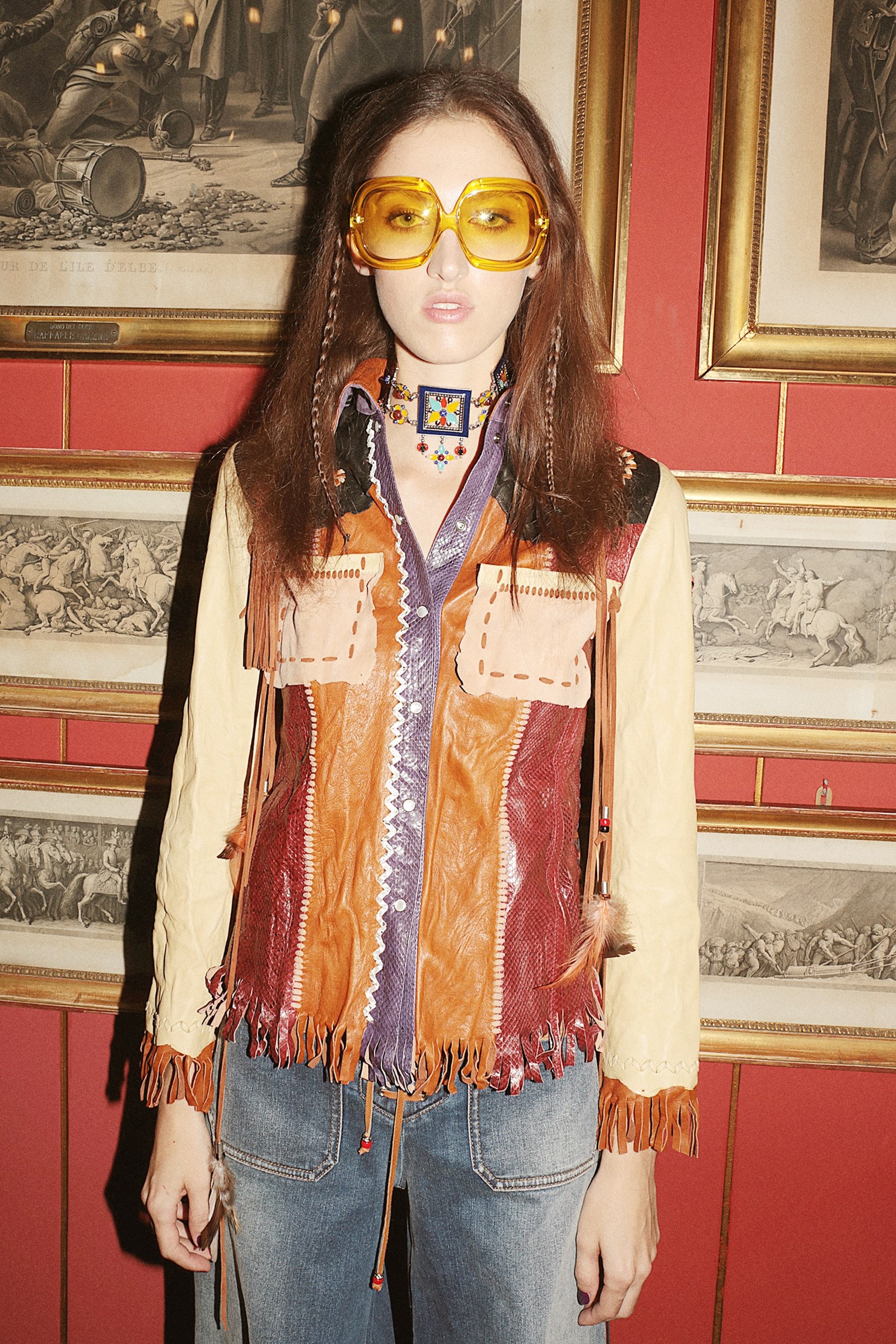
A Rock-and-Roll Harmony
We would be remiss not to mention how directly this aesthetic, and hedonistic philosophy, relates to icons like Anita Pallenberg or Keith Richards, both of whom found a place on Dundas’ moodboard. Also featured was the “embroidered tailoring of Nudie Cohn, an ode to Elvis,” the flares, the rock-and-roll scarves, the Mick Jagger ruffled shirts. “I find it’s a way of giving glamour authenticity,” explained Dundas of his proclivity towards musical inspiration; he consistently embraces the aspirational dishevelment of those figures who wore eclecticism with such aplomb. But, rather than the result coming across as a retrospective throw-back, he placed such characters within the newly modern framework of the house – and to resoundingly harmonious ends. It is clear that Dundas’ glamorous revolution is paying off.
